Top tips for increasing biodiversity in schools with little space
You can find other tips for raising biodiversity in your school here, however many schools have little to no green space so here are some more compact ideas! These range from needing a small amount of existing green space, to needing no space at all, so there is something for everyone. Many of these could also be implemented at home too! Not all these ideas will be possible in every school, and before launching into one it is important to check which species already exist in the area and how your efforts would affect them. If possible, try to help specific species which need help in your area.
Ground Level
Hedgehog Highways
Hedgehogs are beginning to enjoy greater successes in urban areas, but they need our help to do it! In particular, the walls and fences we construct can prevent them from moving around and expanding their territory. To help hedgehogs out in your school you can create a ‘hedgehog highway’ by creating small gaps (around 13x13cm) in fencing. This can be achieved by digging a hole, cutting the wood or just by leaving some space open. You can then add your highway to the Hedgehog Street Map.
Space requirements: None, however only applicable if the school is enclosed.
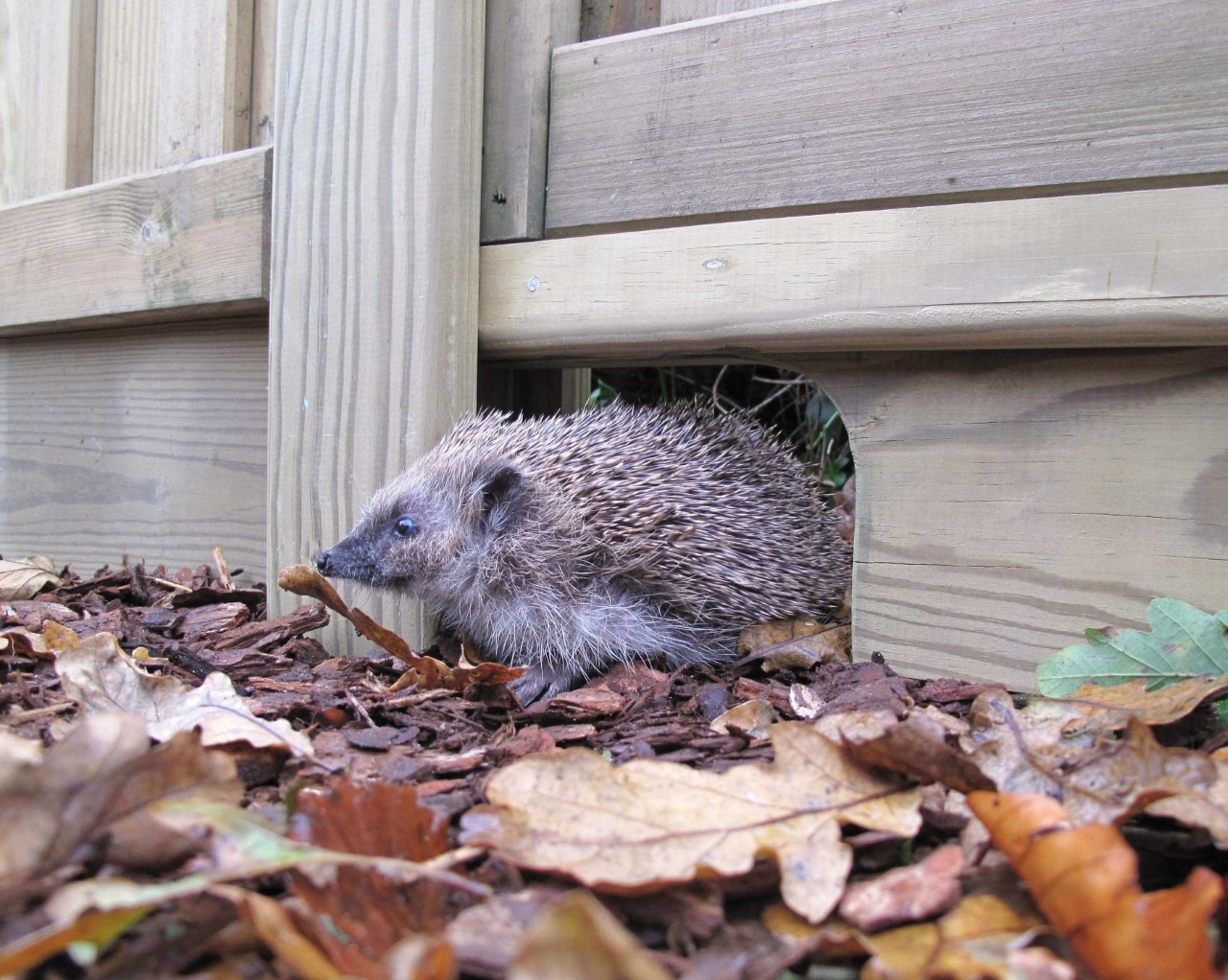
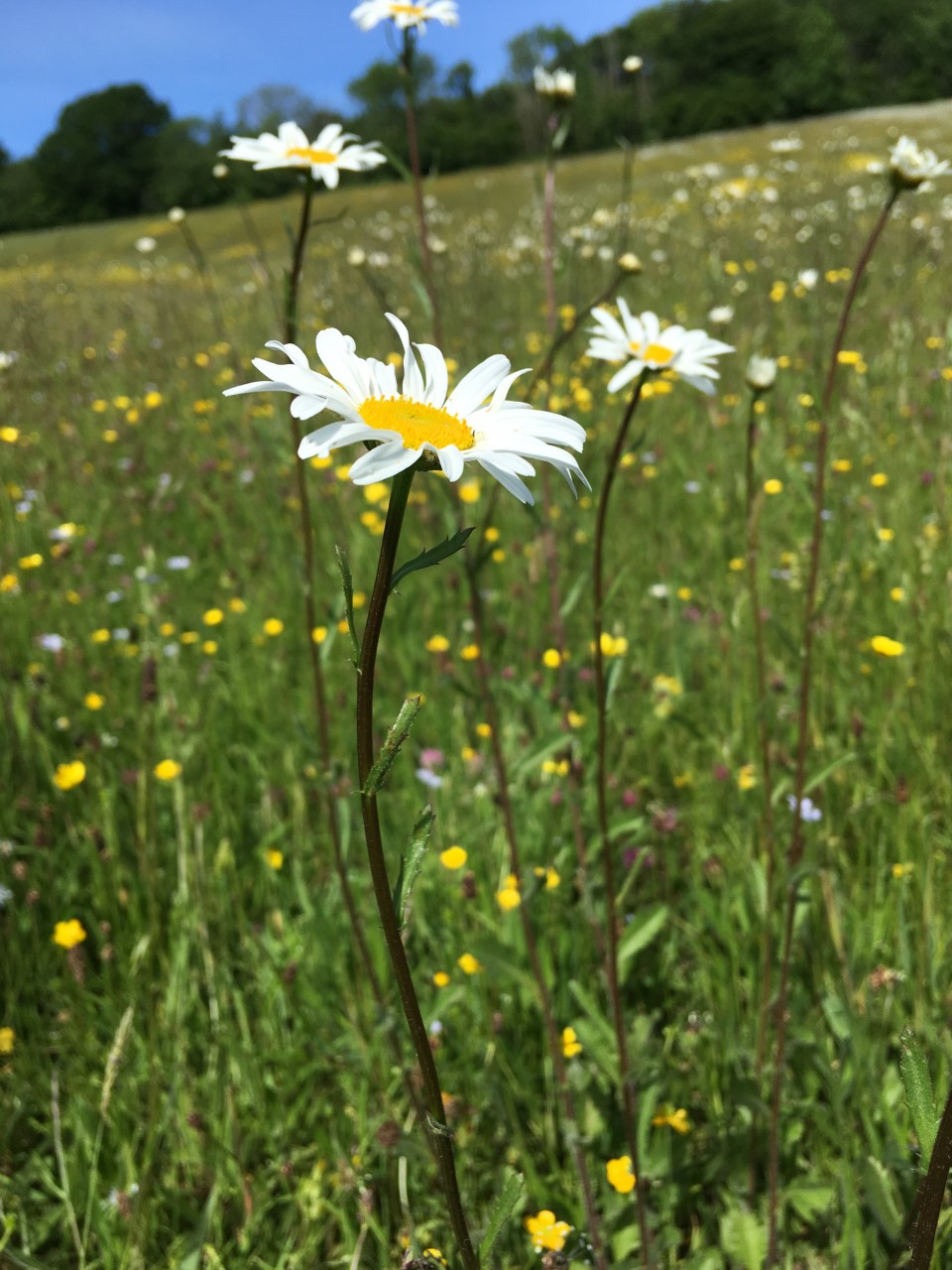
Sports Field Fringes
Grass playing fields tend to be very frequently mown to maintain sports pitches and athletics tracks. However, there are often areas on playing fields which can be mown less frequently, but are kept short in keeping with the rest of the space. By letting these fringes flourish you can create a wonderful habitat for pollinators and other wildlife, and see an increase in the diversity of plant species able to grow. Also, having small fringes around football pitches can be very useful as the ball won’t travel so far when it is kicked out of play! This can be also expanding by planting wildflower seed to create a haven for fauna and flora.
Space requirements: school-managed grass sports pitches which don’t take up 100% of available green space (almost always the case!)
Bug Hotels
There are many ways to attract all kinds of minibeasts. You could create beetle buckets by placing buckets (ideally perforated with some small holes) in a hole in the ground and filling them with sticks, leaves and bits of rock. This site provides a guide to building a more complex home, but even just a pile of sticks and dead wood will raise your biodiversity to no end!
Space requirements: An area of the school site which has soil and not tarmac is needed for this one, but if this is available then a bug hotel can be created on any scale.
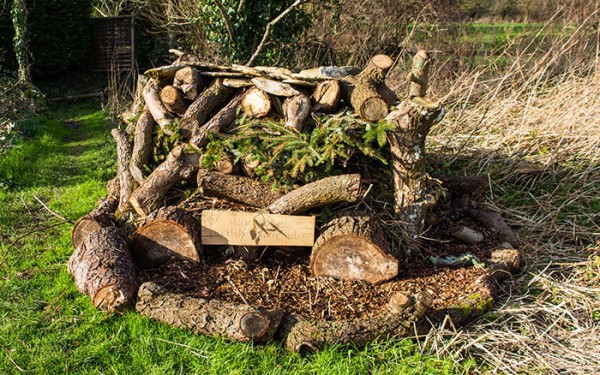

Green Seating
Many outdoor school bench and seating structures now incorporate flower beds and overhanging trellises in their design. These can be used to create a wonderful array of plants. This site provides some ideas about what you could grow.
Space requirements: No existing green space, just an open area accessible to students at break and lunch times.
Hedgerows
A small hedge can be a nice touch to a school site and creates a wonderful habitat for many species. Native trees like hawthorn are ideal as they cope with being kept small. A three-year cutting cycle or similar is best to maintain the hedgerow size. For more information on which trees are suitable, see this site.
Space requirements: Low— they can act as boundaries on the school site, thus serving two purposes.

Up the Walls!
Mini Ponds
Digging a large-scale pond can be expensive and difficult due to space constraints, so mini ponds are the perfect solution! They can be hung on window sills or placed on the ground, and with the addition of a few sticks and stones can create a great habitat for invertebrates and act as a drinking station for birds. Visit here for more information on how to create a mini pond!
Space requirements: None! Just a window is enough to make a hanging pond possible, and the container can be fashioned without any special parts.
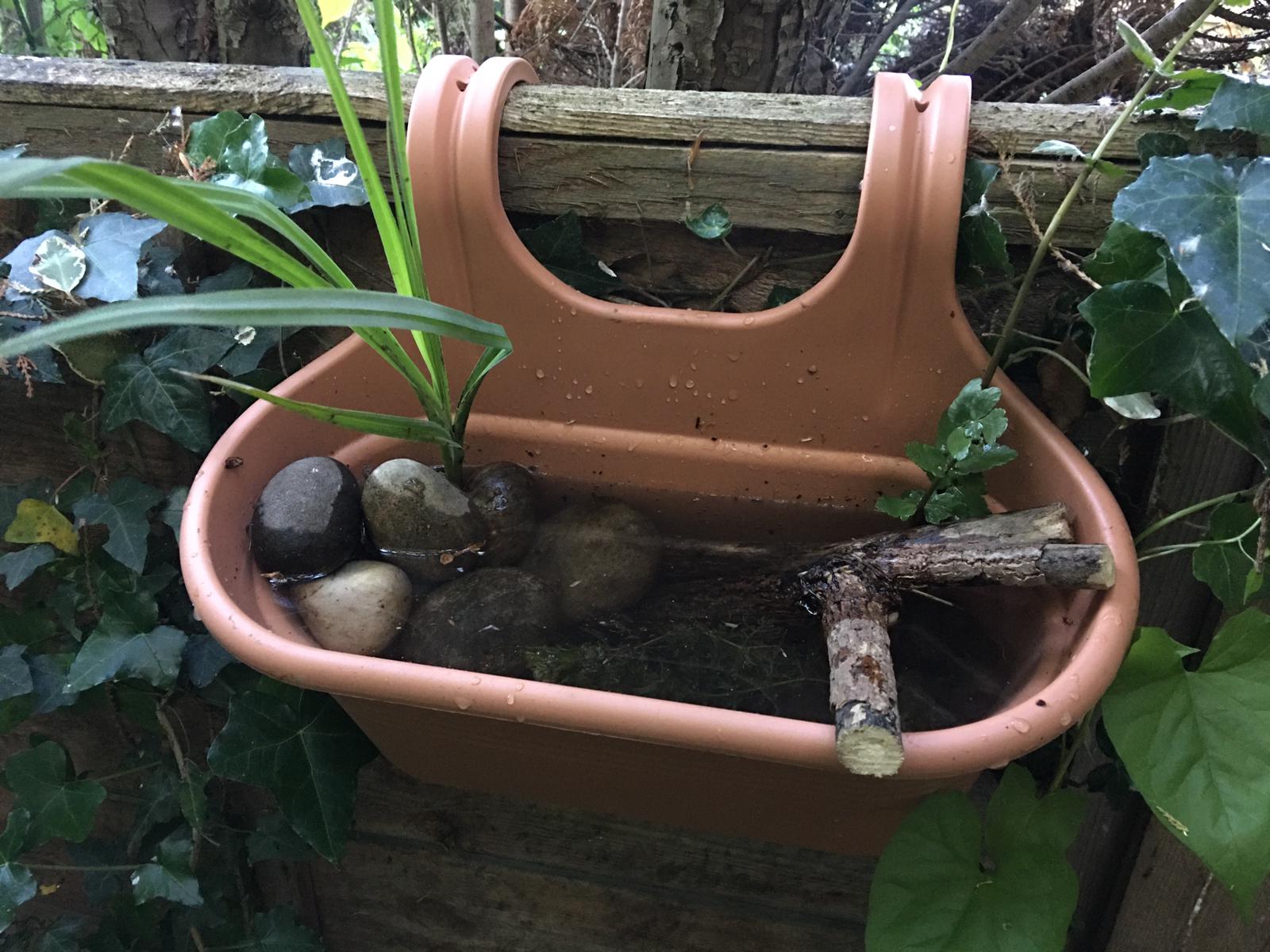
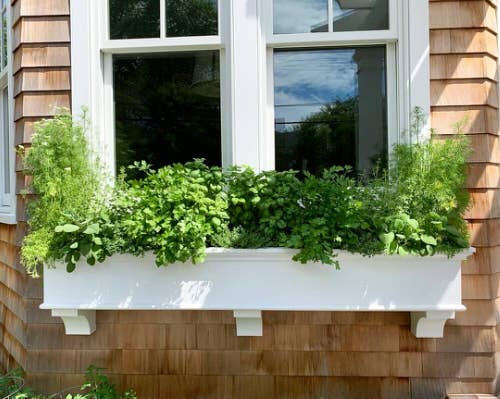
Window Gardens and Hanging Baskets
Along with a mini-pond, hanging baskets and plant pots can be added to windows and walls of a school building and provide food for pollinators and birds. You could grow flowers (see here), or wildlife-friendly herbs (see here).
Space requirements: None, just a window sill or plant boxes/pots or a wall which is able to have hanging baskets attached to it.
Solitary Bee Hotels
Unlike the more well-known honeybees or bumblebees, most bees are solitary (and unable to sting humans). Hollow stems or tubes provide the perfect home and nursery for solitary bees such as the mason bee, and by creating the structure explained here can be attached to a wall that is ideally out of the prevailing wind and rain.
Space requirements: None, just a wall able to have a bee hotel securely attached to it.

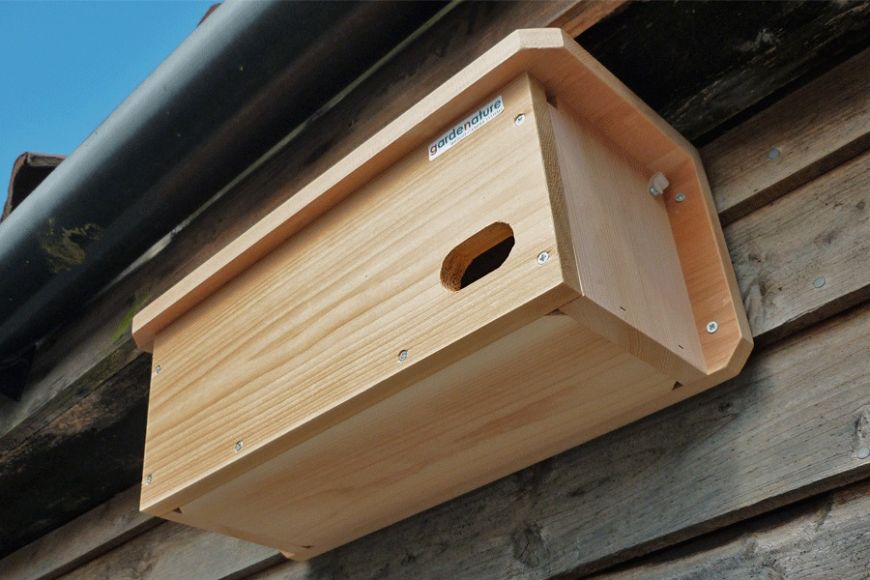
Swift Boxes
Many of our UK birds are in decline, including the swift. Swifts like to nest under the eaves of tall buildings and houses, so many schools are ideally placed to help them (including schools in the middle of cities). Swift boxes can be easily made (see here) and make a huge difference as swift nesting sites are in decline. Swifts are found across the UK, but this would be particularly relevant for schools in the south or east of the country.
Space requirements: None, but a tall building is needed (boxes should be secured at least 5m off the ground).
Living Walls
These are becoming ever more popular in cities and give buildings like schools a wonderful garden that doesn’t take up any floor space. Living wall kits can be purchased at many different scales and don’t take long to assemble. An example of how to set up a living wall can be found here, but there are many variations and guides available. A simpler way to create a similar effect would be to install a wall trellis and add some wildlife-friendly climbing plants (such as those detailed here).
Space requirements: None, just as much wall as you wish!
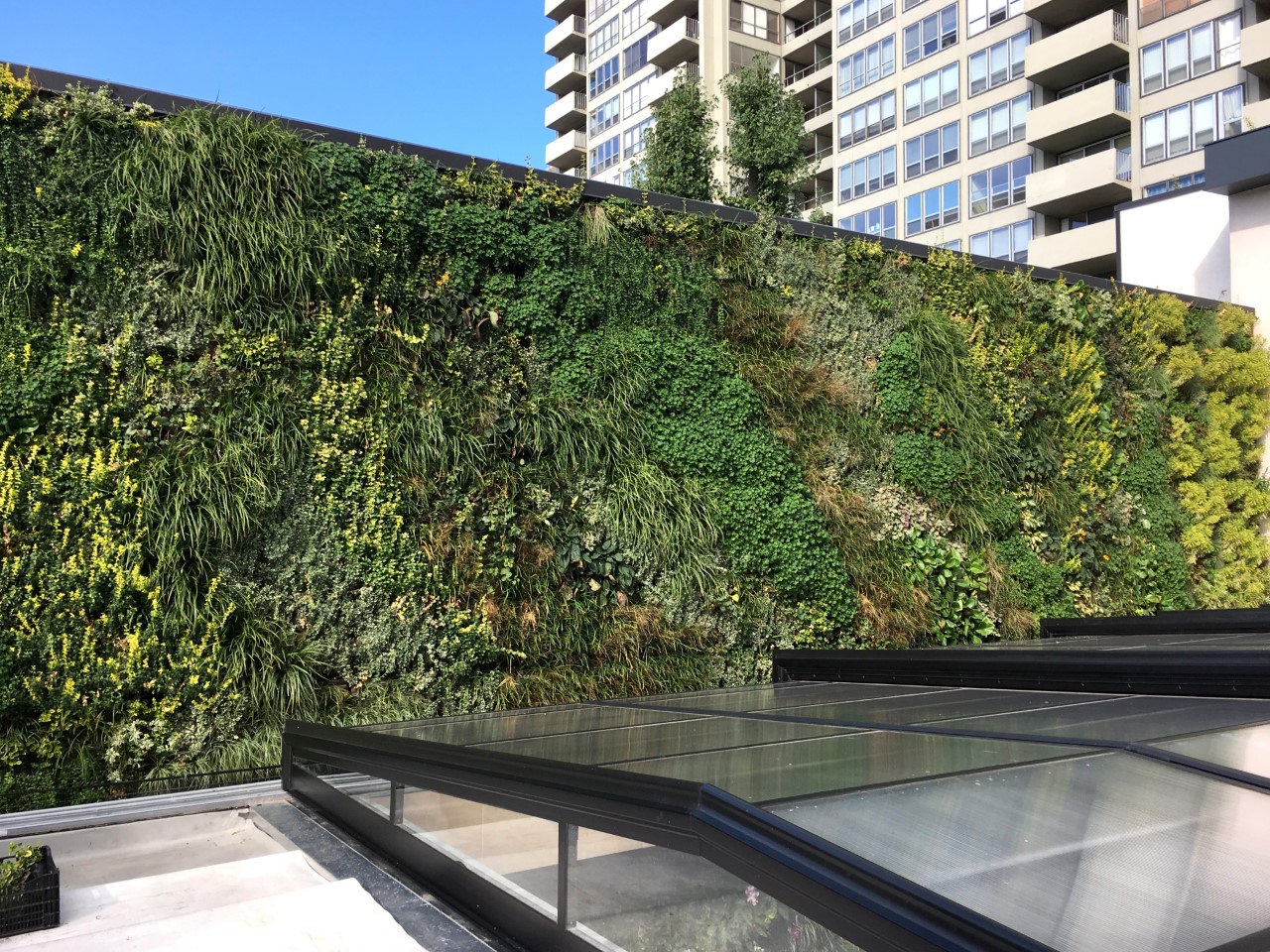
On the Roof…
Roof gardens are an exciting addition to any school and are easier to create than you may think (see here for one way to construct a small green roof). Perfect for urban schools, roof gardens can boost biodiversity without requiring any extra space at ground level.

This is not an exhaustive list and just provides some ideas if you’re stuck: there are endless ways to bring the joy of biodiversity into your school!



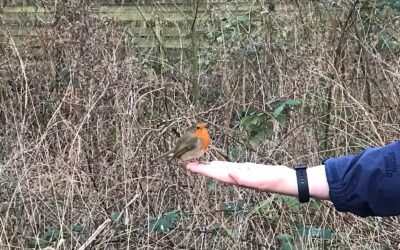
0 Comments